Aston Martin gained worldwide recognition for being the third James Bond car in the series and was so iconic the DB5 would go on to appear in several James Bond movies, including Goldfinger (1964), Thunderball (1965), GoldenEye (1995), Tomorrow Never Dies (1997), Casino Royale (2006), Skyfall (2012), Spectre (2015) and No Time To Die (2021). The vehicle has also made appearances in several James Bond video games such as 007 Racing (2000), Agent Under Fire (2001), From Russia with Love (2005), Blood Stone (2010), James Bond: World of Espionage (2015) and the Best of Bond DLC for Forza Horizon 4 (2018). With a car so iconic, we jumped at the chance to build Revell’s latest model kit based on the famous movie car, but we also wanted to dig into what made the DB5 so iconic, so here is a brief history on the 007 DB5.
Goldfinger: Enter The Aston Martin DB5
The Aston Martin DB5 first appeared as 007’s ride in the 1964 film Goldfinger. While Ian Fleming’s novel featured Bond driving a DB Mark III, the filmmakers chose the DB5 as it was the company’s latest model at the time. Initially, the company was hesitant to allow the car to be used in the film but eventually agreed to a product placement deal. The car featured in the movie was actually the original DB5 prototype, with another standard car used for stunts. Later, two more modified cars were built for publicity tours after the film’s release. In January 2006, one of these cars was sold at an auction for over $2 million.
The DB5 in Goldfinger is famous for its variety of gadgets. Initially, the car in the script was only equipped with a smoke screen. However, as the production crew suggested new devices to install in the car, the number of gadgets increased rapidly. For example, the director, Guy Hamilton, developed the concept for a revolving license plate because he had received many parking tickets. His stepson suggested the ejector seat, which he had seen on television. Some changes were also made during the production process. The producers decided to replace a caltrop-dropping gadget behind the rear light cluster with an oil dispenser because they believed viewers could easily copy the original. Production designer Ken Adam and engineer John Stears worked on the prototype Aston Martin DB5 coupe, installing these and other features into the car for six weeks. Only two of the gadgets were not actually installed in the car: the wheel-destroying blades, inspired by Ben-Hur’s scythed chariots (which were entirely made in the studio), and the ejector seat. The scene where the DB5 crashes was filmed twice, with the second take being used in the film. The first take, in which the car drives right through the fake wall, can be seen in the film’s trailer.
The same vehicle was used again in the film Thunderball. It was equipped with two water cannons facing the rear to help Bond escape from Bouvar’s château. Two fire hoses were mounted under the vehicle to achieve the effect, which was visible in some shots.
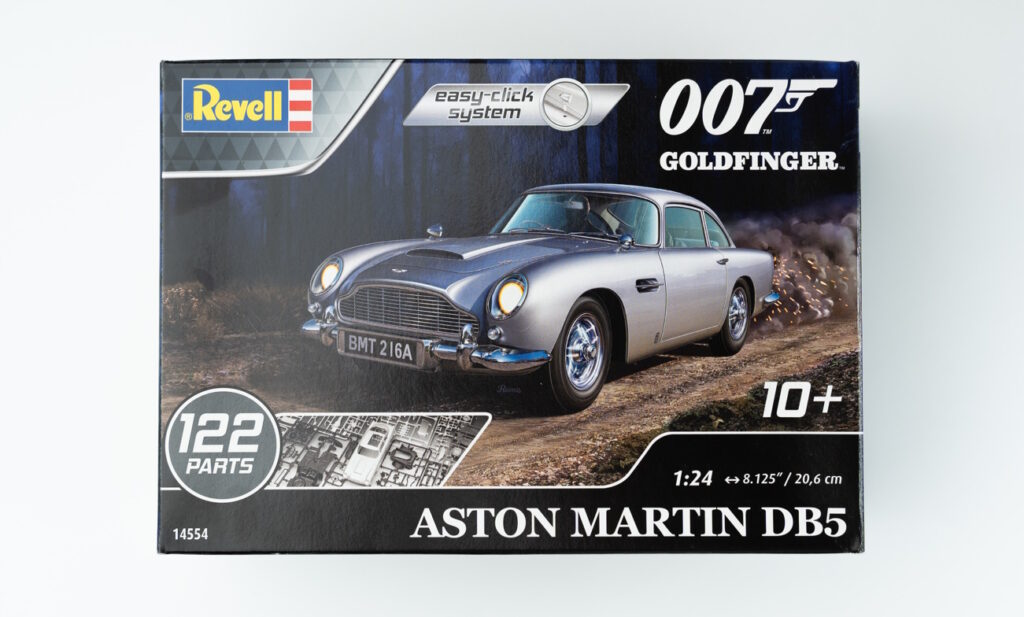
Bringing The Goldfinger DB5 Back To Bond:
The Aston Martin DB5 from Goldfinger returned to the James Bond film series in GoldenEye after a thirty-year absence. In the film, it was equipped with a radio that doubled as a printer and communication device and a champagne cooler hidden under the center armrest. Bond is accompanied by an MI6 psychiatric evaluator to Monte Carlo, where he races against a Ferrari F355 GTS owned by assassin Xenia Onatopp. Three different DB5s were used for filming. The DB5 also appeared in Tomorrow Never Dies (1997) and was set to make a cameo in The World Is Not Enough (1999) at Castle Thane. Although the scene was cut, the outline of the Aston Martin can still be seen in the closing scenes of the film as M and her staff attempt to locate Bond with a thermal-imaging satellite.
After the James Bond series rebooted in 2006, another DB5 appeared in the movie Casino Royale. In the movie, Daniel Craig’s Bond won an Aston Martin in a game of poker against the villain, Alex Dimitrios. Unlike the classic British car, this new version had Bahamian number plates and was left-hand drive. Interestingly, the left-hand drive DB5 did not appear in any of Craig’s other Bond movies. However, the classic gadget-filled Aston Martin DB5, with the original license plate BMT 216A, unexpectedly returned in the 2012 movie Skyfall.
To protect M from the vengeful ex-MI6 cyber-terrorist Raoul Silva, James Bond swaps his vulnerable government car for an Aston Martin DB5. They travel to Bond’s ancestral home, Skyfall Lodge, in the DB5 equipped with concealed weaponry to stage a defense of the estate. During the attack, the car is destroyed by heavy machine gun fire, which infuriates Bond. To achieve this effect, replica miniature cars were used and destroyed, and 3D printing techniques were used to create models of the DB5 that were one-third the size of the real car.
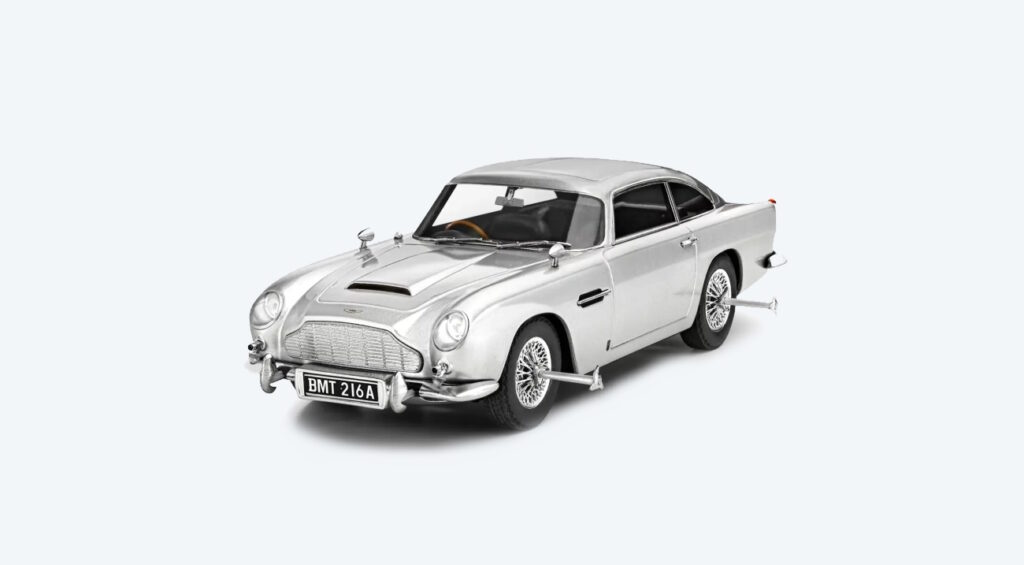
In the movie “Spectre”, Q painstakingly tries to rebuild the DB5 from the wreckage. In the film’s final scene, James Bond retrieves the restored car and drives off with his new love interest, Madeleine Swann. The car, now wearing license plate A 4269 00, the same car that would make a comeback in Craig’s final film “No Time to Die,” this time equipped with twin M134 Miniguns behind each of its headlamps. Even though it has been upgraded, the outline of its ejector hatch indicates that it still retains some of its old features. The chase scenes involving the DB5 were filmed in southern Italy between late August and September 2019, and eight different vehicles were used for filming.
All of this screen time has made the Silver DB5 “the James Bond car,” and means a DB5 is recognizable to even non-car enthusiasts as something special. Revell has released this model kit which features film-correct details include an extendable bulletproof shield for the rear window, a removable roof section over the passenger seat, and rotating number plates. This is one of their easy-click system kits which allows for quick assembly without the need for cement. We put it together in just a few hours while watching our favorite Bond films.
The kit retails for just $39.99 and can be purchased directly from Revell HERE.

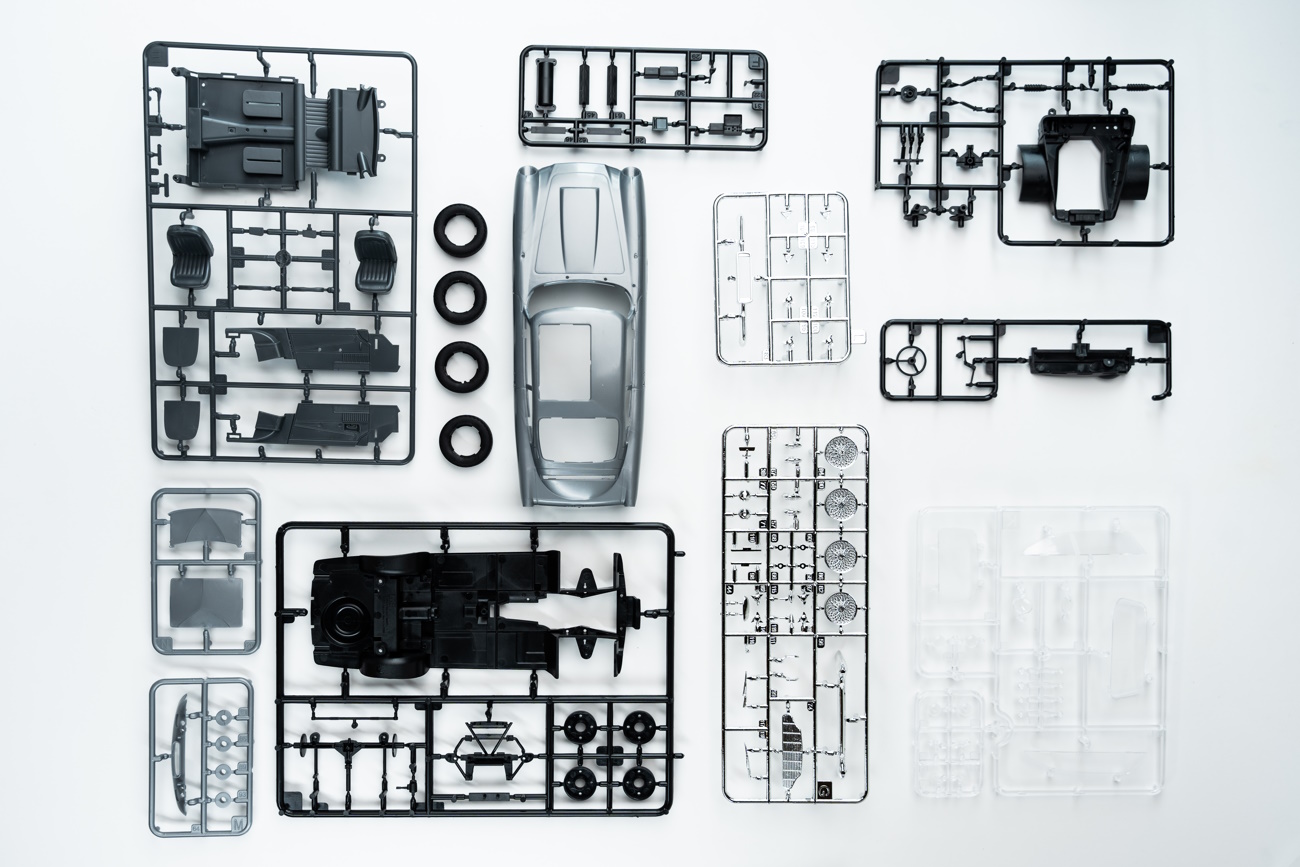
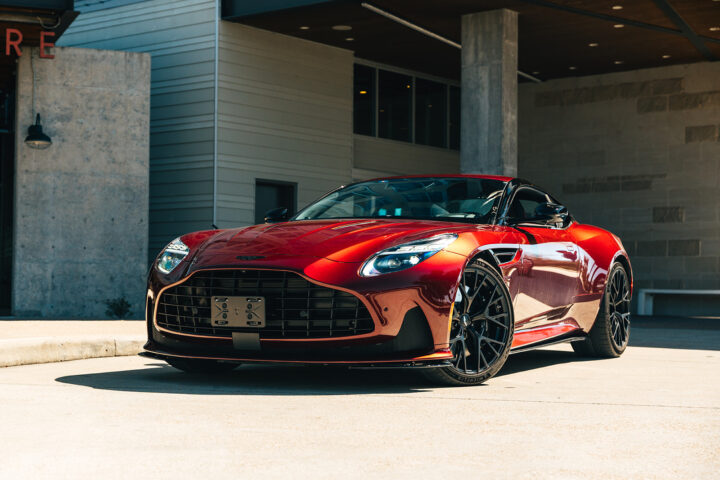
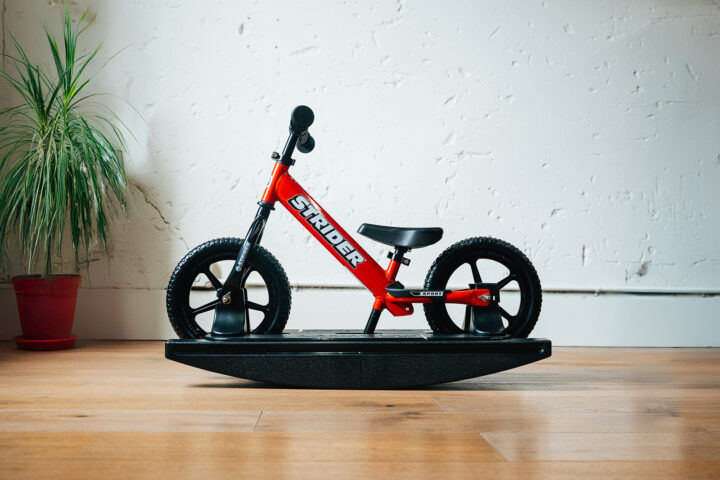
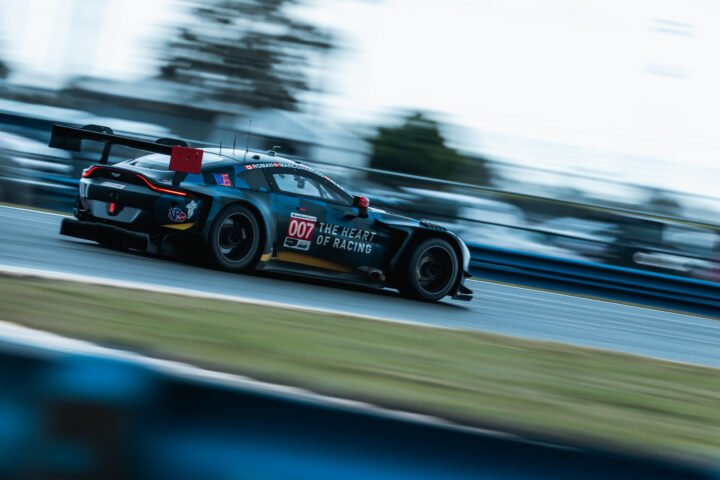














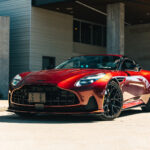
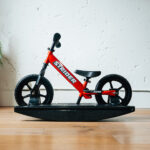
Thanks for sharing. I read many of your 007 blog posts, they are cool and your site is very good.